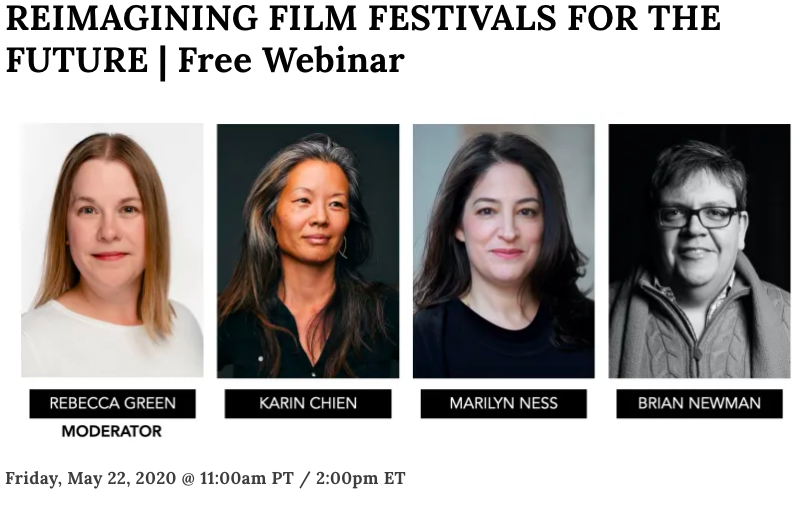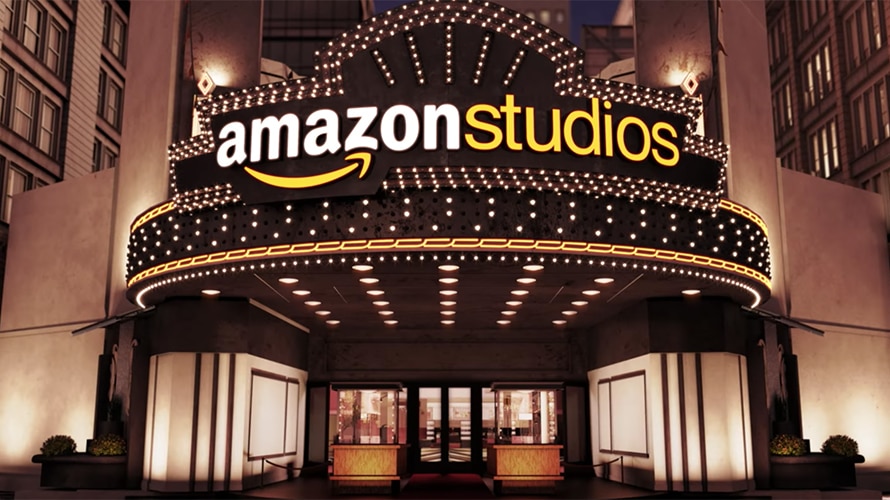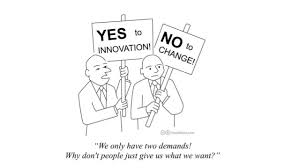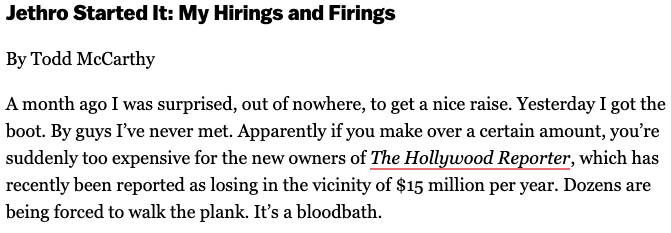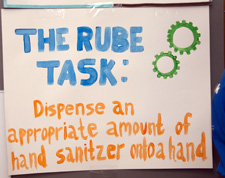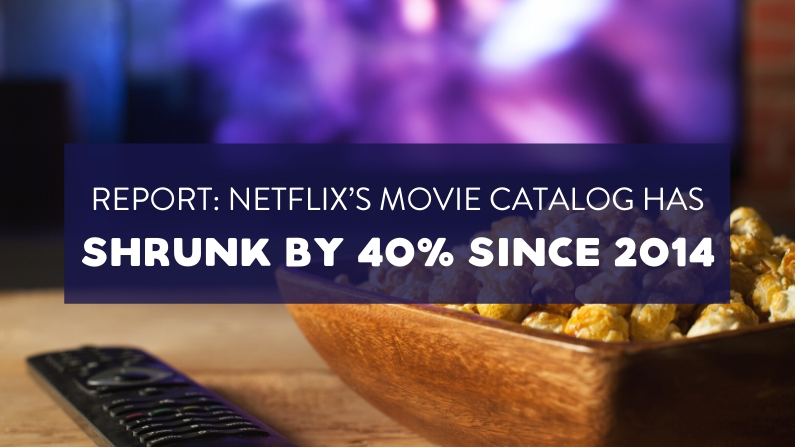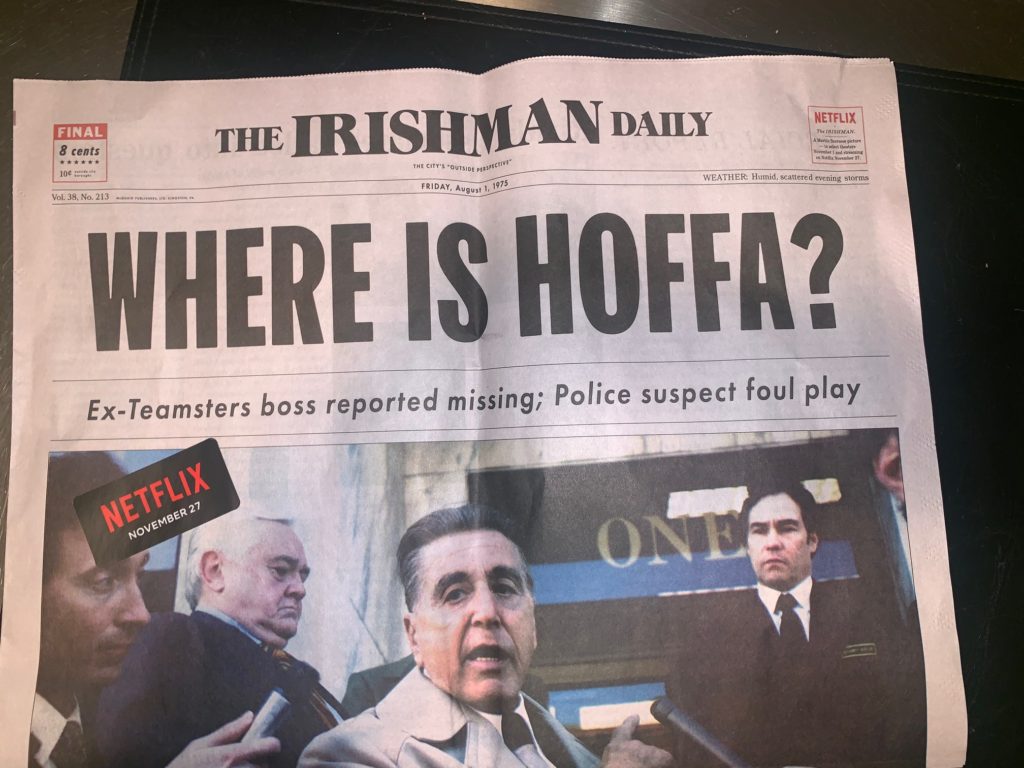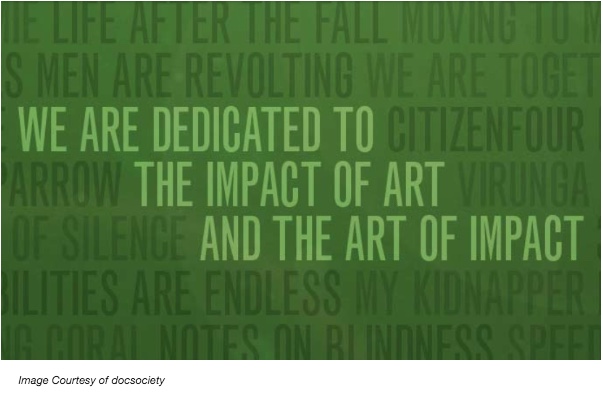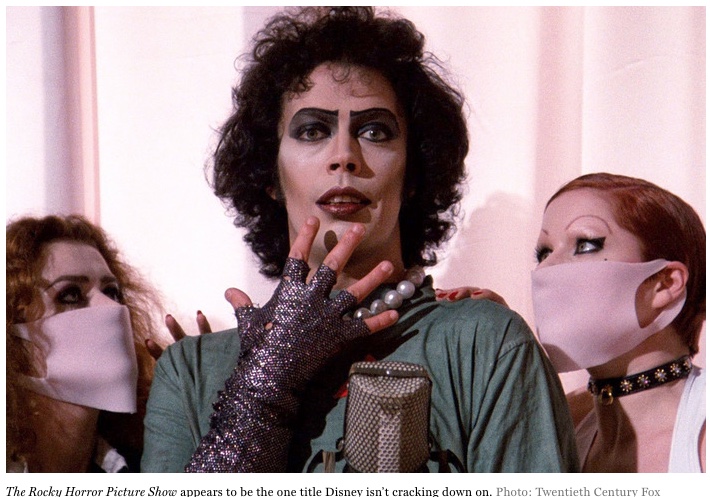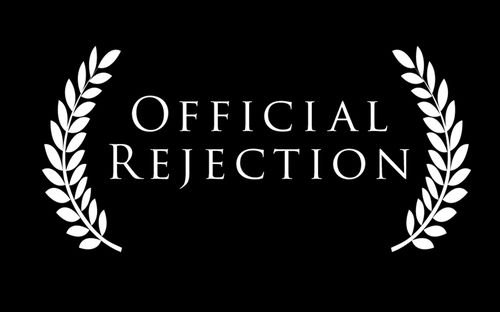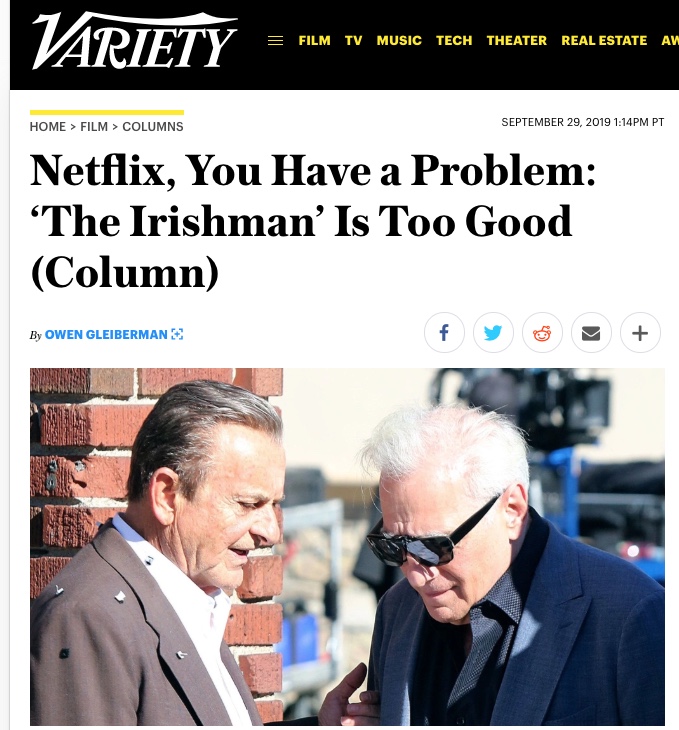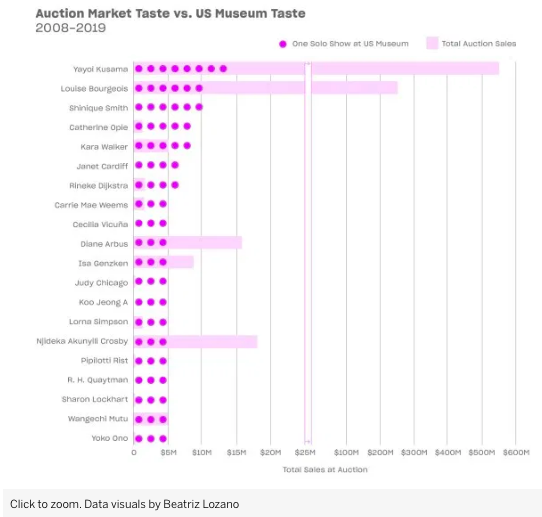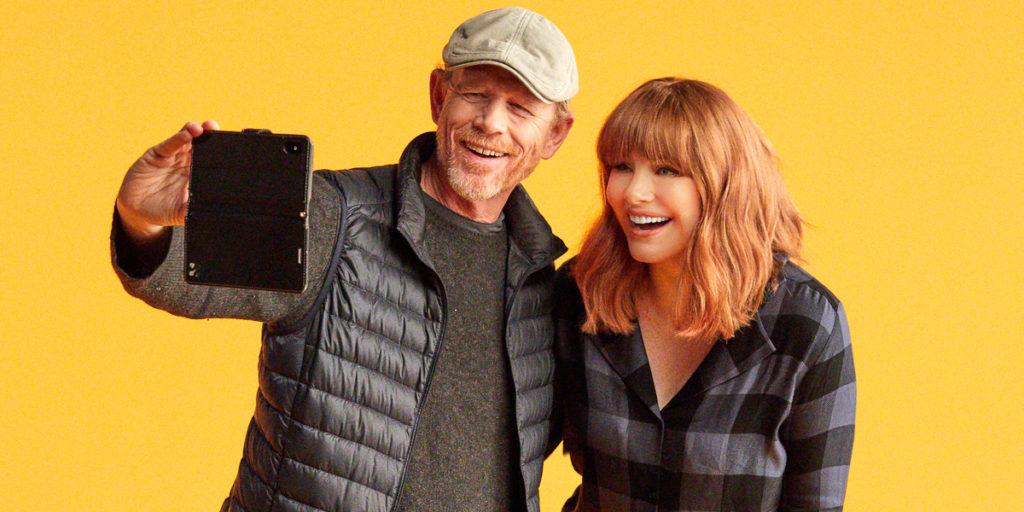
What a week to begin a social media vacation! While I am not participating in the feed, I am listening, donating, and lending other virtual support. But in thinking about writing this newsletter this week, I was very conscious of two competing impulses – to not post, as the world doesn’t need the opinion of some white guy right now, but that I also couldn’t just skip the newsletter and be silent.
So instead, I want to refer to a few other voices, and places to collaborate with, and give support. My readers who are Black, or come from more diverse backgrounds can/will probably skip this, as they likely know everything from here on out. First, I recommend that you head over to IndieWire to read their interview with Stanley Nelson, the renowned filmmaker and co-founder of Firelight Media
. I’ve been lucky enough to know Stanley for a long time, and have always admired his artistry, his advocacy and his wisdom. In this interview, he speaks to the current crisis and protests, and perhaps his most important point is this:
“One of the things we believe strongly at our company, Firelight, is that people should tell their own stories. We really believe this is a time when filmmakers of color can have a chance to tell their stories. It’s incumbent on white filmmakers to help them do that, to move out of the way so that they can do that. Part of the hierarchy of race in our country is how many times white filmmakers have the access to power and money, the access to equipment. They could get out there and make a film about this that’s in some ways not entirely representative of where we are as a community. It’s really important that people tell their own stories.” – Stanley Nelson.
Amen. I work in two worlds – indie film and brand storytelling. In the indie film world, we’ve made strides in recent years, but there remain major issues around diversity and access. The branded content world is pretty much light years behind – meaning worse – than the indie world in addressing diversity. While there are exceptions, it’s a field that is not representative of the diversity of America or the world – in the people making decisions, the people being hired behind the camera, the stories being told, or the audiences being served. And while we need to address all aspects of diversity, inclusion & access, right now we need more Black voices, and they are particularly underrepresented in brand storytelling.
In thinking about this, I am also reminded of a recent op-ed by Kareem Abdul Jabbar in the LA Times, where he said: “So what you see when you see black protesters depends on whether you’re living in that burning building or watching it on TV with a bowl of corn chips in your lap waiting for “NCIS” to start. What I want to see is not a rush to judgment, but a rush to justice.” It also matters who is making that show, and who is advertising those corn chips, and as the media sector and brands start to navigate how to get involved in this space, and respond to it in a meaningful and respectful way, the entire sector would do well to hire more people of color for the myriad roles and for the stories being told.

While there are many people and organizations working on these issues, two organizations stand out to me as places to listen to, work with and support right now – the aforementioned Firelight Media and the Brown Girls Doc Mafia. While there are others, these are two nonprofits that specifically support filmmakers of color, and do a great job – in different ways. Firelight is a premier destination for non-fiction cinema by and about communities of color. Firelight produces documentary films, supports emerging filmmakers of color, and cultivates audiences for their work. Brown Girls Doc Mafia is an initiative advocating for over 3,300 women and non-binary people of color working in the documentary film industry around the world.
Supporting these two groups can help ensure that these stories get told. You can donate to Firelight Media here. Donate to Brown Girls Doc Mafia here. For those of you working in branded content, I also imagine both would also be great resources for brands who want to connect with someone for advice on the films to make, or the directors to hire, or the stories to tell. But before you do that, read the BGDM FAQ on how to be a better ally. Read the whole thing, but the last part sums it up: “Overall: Check your privilege, be genuine, be mindful, plan ahead, do the work, be outspoken for this community, be flexible, seek council, and hold yourself and others like you accountable!” I’m pinning this section to my reading list and plan to refer to it often.

I also recommend reading Beyond Empathy by Sonya Childress, a Senior Fellow at the Perspective Fund now, and former Director of Partnerships and Engagement at Firelight Media (where she posted this). It is essential reading. Here’s one edited excerpt:
“What we often miss in character-driven films designed to build empathy towards individuals is an understanding of the structures and narratives that shape our attitudes and behaviors towards entire communities.
And frankly, this political climate demands new narratives. (…)
The empathy frame also distracts us from more strategic uses of film: to validate and empower those who rarely see their experience on screen, to convene disconnected people and movements, and to build alliances and power. The power when we — the marginalized “others” — use film to speak to our own communities or across identity and issue silos to build common ground and strategize solutions. In this way, film still plays an important role in connecting groups who may see each other as different, but it does so with the baseline assumption that the film subjects are human, and do not need a film to assert that basic premise.
When film is used in this way the impact is categorically different, and we see that what lies beyond empathy is solidarity. The notion that our plight, and humanity, are intrinsically connected, and to create a better future I’ve got to get my hands dirty along with you.” – Sonya Childress

Another important piece of this is how audiences connect with these films. This is done in myriad ways, but in recent years, one organization that has been doing an amazing job is the BlackStar Film Festival in Philadelphia. I’ve not yet been able to attend, but was on a recent panel with Maori Karmael Holmes, the ceo and artistic director. From that panel, I know she’s working hard to put together some version of their festival, which usually takes place July 30 – August 2nd. The organization also recently posted In Defense of Black Life: Ways to Get Involved and Take Care of Yourself, which has a lot of great links and resources. You can donate to BlackStar here.
These are just three great organizations to work with and support (IFP just started a list). I know there are many others I should be mentioning, and/or others I don’t know about, but these are three that I respect, plan to donate to, and hope to learn from in the coming months and years ahead. I’m still learning, and figuring out ways to use my platform and voice to help, and get out of the way and just donate when I can’t. (FWIW, I am not just now writing about this (that’s just a recent example), but I must do it more). I hope my other white readers will do more of this too, and will think hard about how they can use their positions to take action and join the cause.

Photo: National Memorial for Peace and Justice. Credit: Me.
Last, not long after writing this, Warner Brothers made Just Mercy available for free across all platforms in June. The film is about Bryan Stevenson and his work at the Equal Justice Initiative (EJI), which has done ground-breaking work on criminal justice reform, racial justice and public education. They also founded the Legacy Museum and National Memorial for Peace and Social Justice in Montgomery, Alabama. My wife and I visited this last year, along with other Civil Rights Memorials in the South, and it was one of the most powerful experiences of my life, and I’ve felt since that it should be mandatory viewing for every American, especially every white American from the South (attendance rates are higher from outside the area). Watch the film, but put the Memorial/Museum on your attendance list for the future. It should open later in June, and you can socially distance easily at the Memorial. You can donate to EJI here.


